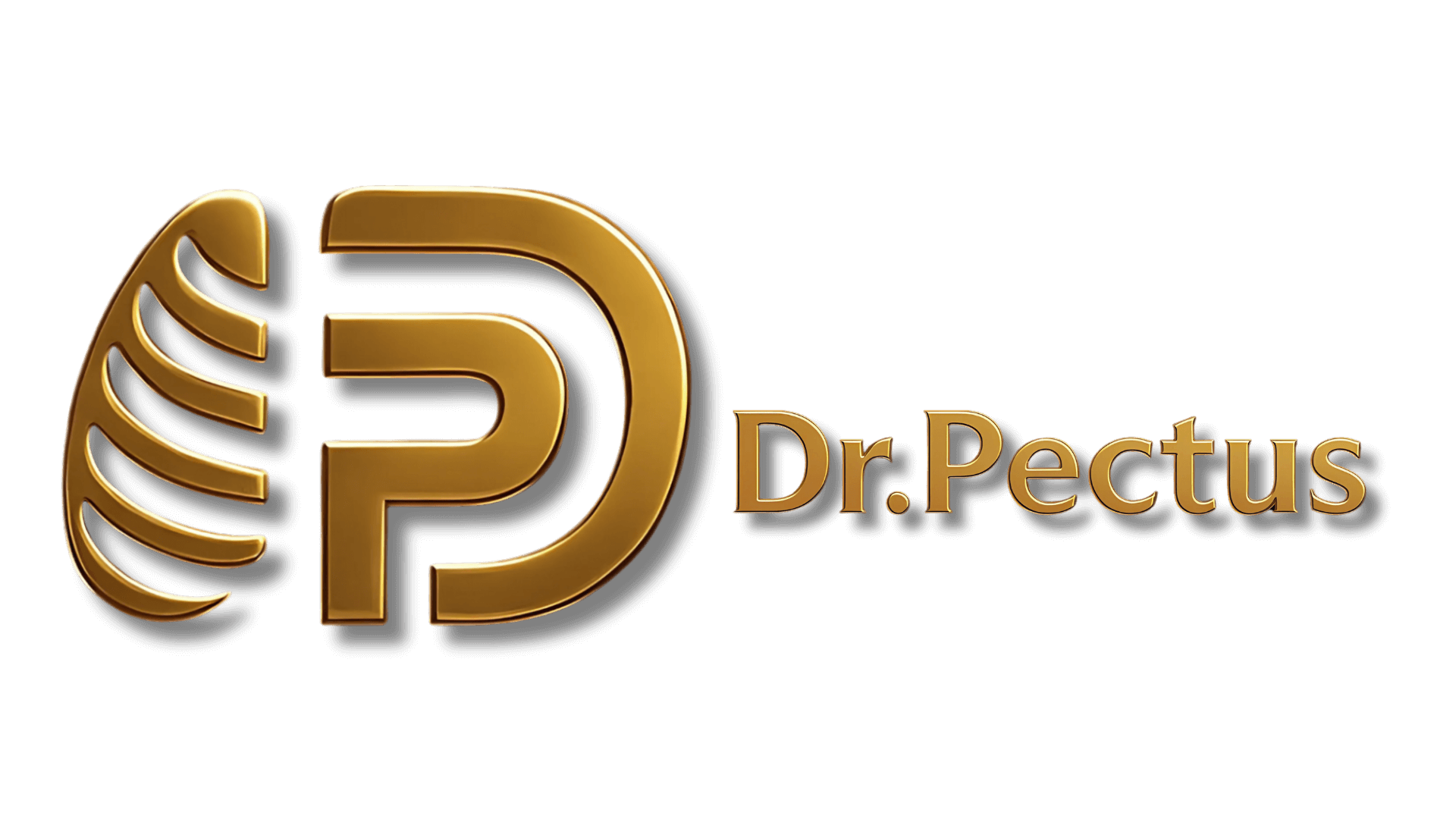Dynamic Thoracoplasty is applied for the treatment of thoracic dystrophies (the most common among them is jeune syndrome) and other small rib cage deformities (for example, when rib anomaly accompanies another component of Poland’s Syndrome, other than the absence of classical chest muscle, the rib cage may remain small). Although lateral thoracic expansion is applied from both sides of the patient as the first choice in these patients, lateral expansion may be insufficient with the rapid development of the patient. In this case, expansion can be provided from the front as well.
Similar to open heart surgery, the sternum bone is split vertically in half. The pectoral muscle (major pectoral muscle) on both sides is extended towards this area and placed between the two parts of the sternum bone. Since there is a muscle tissue fed between the two sternum pieces, the sternum pieces are prevented from growing towards each other and sticking again. As the patient grows, the rib cage may also expand.
The aim of this surgery is to widen the thoracic cage, just like in lateral thoracic expansion, to make room for the patient’s heart and lungs to grow, and to enable the patient to continue his/her life.
Since the patient’s own muscle tissue is extended between the bone in this surgery, there is no foreign material or related complications. As the patient grows, the muscles will also grow, helping to stretch the bone and expand the rib cage. That’s why it’s called “dynamic”, not fixed.




